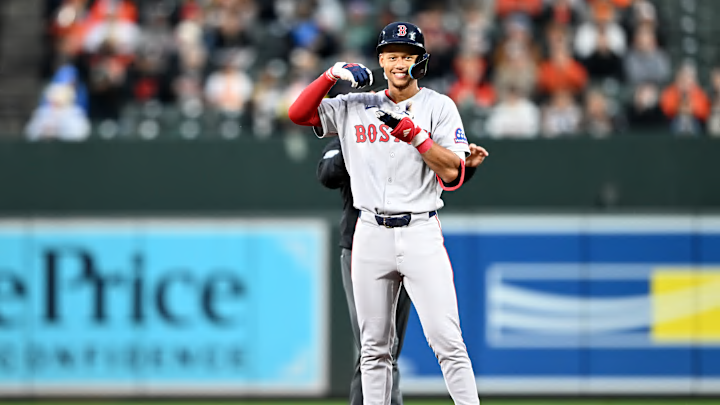Matt Shaw, Chicago Cubs
The Cubs' top prospect found himself as the starter at third base for Chicago after the Cubs traded away Isaac Paredes for Kyle Tucker in the off-season.
He’s a 23-year-old, drafted 13th overall out of Maryland in 2023. Shaw tore up Double-A and Triple-A in 2024. In the time split between the two levels, he hit .284/.379/.488 with a 0.65 BB/K ratio. He hit 21 home runs and stole 31 bases.
Despite experiencing so much success in the minor leagues, he has struggled in spring training and his 45 regular season plate appearances this year. In the 2025 regular season, Shaw is hitting .205/.311/.308 with a 25.6% strikeout rate.
Unfortunately for Shaw and the Cubs, not only have the results not been there, the underlying numbers haven’t either. Shaw’s bat speed is 69 mph, putting him in the bottom 15% of MLB players. This has led to an average exit velocity of just 83 mph for Shaw, 5.5 mph below the league average.
Despite such low bat speed, Shaw can hit the ball hard. In Triple-A last season, he had an average exit velocity of 89.3 mph, which would have been above the MLB average. Shaw just hasn’t demonstrated the same ability at the MLB level. Bat speed and exit velocity aren’t everything. A batter can be very successful with slow bat speed just as a pitcher can be successful with a slower fastball. They have to be elite in other categories to make up for their lack of speed. For a batter, they have to be elite in their bat-to-ball skills.
For example, Mookie Betts’ bat speed in 2024 was just 69.1 mph, but he had a .371 wOBA. Betts generates success by making an awful lot of elite contact. His squared-up rate was 35.8%, in the top 99% of big leaguers, and his plate discipline was elite.
Shaw has been unable to achieve success so far, not just because of a lack of bat speed, but because of a lack of contact. His whiff rate is 36.5% and his squared-up rate is just18.8%. That said, it takes a larger sample size for that latter metric to become meaningful. It is too early to count out Shaw, but we now know he doesn’t have elite bat speed to fall back on when the contact isn’t locked in, which is what we see him experiencing now.
